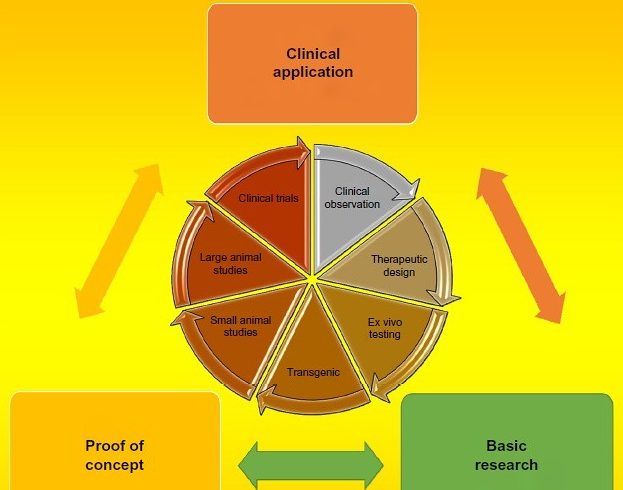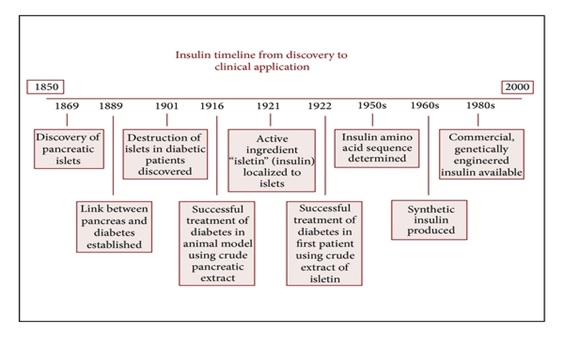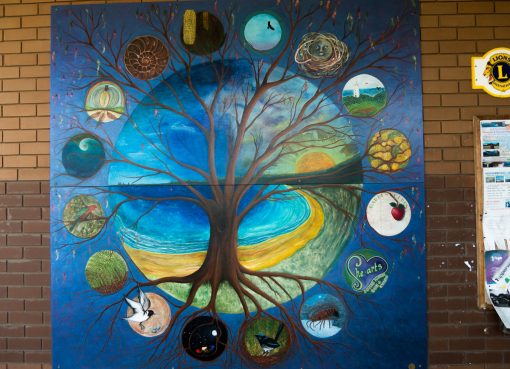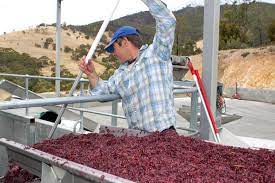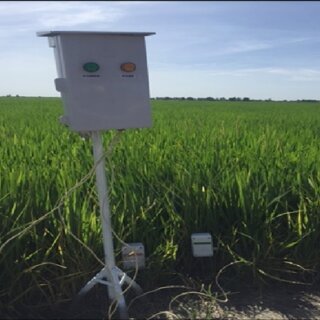Dr. N.N. Barman, Professor
Department of Microbiology
From genetic insights facilitated by the Human Genome Project and next generation DNA sequencing technologies to measurement of global nucleic acid and proteomic expression using new high-throughput methods, advances in biology are occurring at a breathtaking pace today. In the recent time, important biological insights are gained through tried and true hypothesis-driven investigations into the complex world of metabolism, growth, development, and regulation. These research findings are basically productive in nature leading to discoveries of novel drugs, vaccines and devices, and the related economic growth is beneficial to both human and animals. Such biological studies are advancing in different directions and the outcomes of such studies are termed as Research Translation and Translational Research.
Translational research is thought of broadly as the progression of a new scientific insight or discovery into a useful product, medicine or other societal interventions. Unlike applied sciences, translational research is specifically designed to improve health outcomes. It uses an integrated team of experts who are focused on translating useful information from laboratories to doctors’ offices and hospitals. It’s a “bench to bedside” bridge. Translational research is nothing new and previously such studies were carried out silently under the alias of applied research. Now, the lines between basic and applied research are getting blurred and what was once a linear relationship more has now evolved into a circular one (Fig.1).
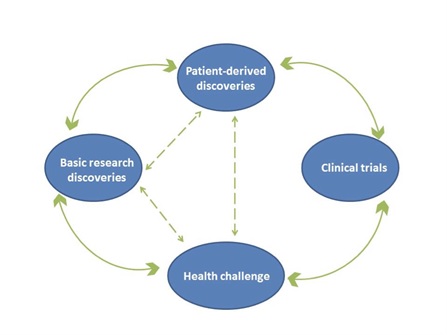
Fig. 1. Translational Research Flow Chart
[Source: Bhattacharya, A. (2013). ‘Translational Tadka’: a recipe booklet for the bench scientist, India Bioscience, https://indiabioscience.org/columns/opinion/translational-tadka-a-recipe-booklet-for-the-bench-scientist
The translational research covers all areas of science; from biological to physical to social, and essentially any effort to create direct or indirect public benefit. The process can be divided into sequential subcomponents as the T1 and T2 phases. T1 is the development of a basic research into a useful product or procedure, whereas T2 refers to the widespread adoption of that product/procedure at a population level. Basic science in the clinic seeks fundamental knowledge about patho-physiological mechanisms of an ailment and applied science in the clinic requires development of a medical intervention to cure the disease.
Although translational research is portrayed as a relatively new concept, the process has in fact been practiced for millennia. Early examples of translational research exist in agriculture and in training of animals for domestic purposes. Improvement of crop yield through selective breeding of crops, use of fertilizers and development of crude pesticides have been used since long past for the benefit of mankind. Moreover, outside of biology and medicine, the translation of new knowledge in physics and electrical engineering into silicon-based devices has been used over the past half-century in this transformed world. The most convincing examples of early translational research on bio-medical field were discovery of penicillin and insulin. Alexander Fleming’s notable discovery of the Penicillium mold in 1928 was the result of an accidental basic research, followed by discovery of techniques to extract the antibiotic and the extract was successfully used for clinical treatment of bacterial infections [1,2]. Similarly, the discovery of insulin and its use in treating diabetes is a remarkable achievement of the 19th and 20th centuries, with the major advances shown in a timeline in Fig.2 [3].
Fig. 2: Steps in the understanding of pancreatic islets and insulin biochemistry and subsequent clinical treatment of diabetes.
[Emmert-Buck, M.R. (2014). Translational Research: From Biological Discovery to Public Benefit (or Not), Advances in Biology, Article ID 278789, http://dx.doi.org/10.1155/2014/278789 ]
The insulin story represents 150 years of stunning progress as classical example of translation research. Investigation of anatomy and physiology, specifically the pancreas and Islets of Langerhans is a part of basic research and early treatment of diabetic patients with relatively crude extract forms of the hormone; and then utilization of new laboratory techniques in molecular biology for in vitro production of biosynthetic insulin, including novel analogue forms with clinically useful activity are clinical outcomes for treatment of diabetes [4]. Such translational research is a true example of research for the benefit of human society. The insulin story also highlights the important historical role of societal investment in science, including philanthropic support, government funding, involvement of academic institutions and R&D efforts in pharmaceutical and biotechnology companies. Besides antibiotics and insulin, there are many translational medicine success stories over the past century.
Today, many projects are influenced by advances occurring in basic and applied genomics, undergirded by rapid technological improvements in DNA sequencing that enabled a wide spectrum of new research avenues, economic development and clinical applications. The potential applications here are almost endless; organisms as laboratory tools for basic research, bacteria useful in cleanup of petroleum spills, new vaccine production methods, and defining the critical gene sets necessary for independent life. If ever a case needs to be made for the societal value of translational research, genomics is an on-going success story par excellence. In the process of translational research, other new elements are created over the past few decades that include a spectrum of educational programmes, conferences, journals, organizations, academic societies and analytic tools for measuring cost and effectiveness that nurture growth of new ideas.
In India, translational research has got much encouragement and support. Recently, two new biotech clusters have emerged at National Capital Region and in Bangalore. Besides, there are institutes like Translational Health Science Institute, Institute for Molecular Medicine and Tata Translational Research Center. New overseas grants, namely Wellcome-DBT Indian Alliance, BIRAC-Wellcome are introduced to encourage research institutes to carry out “bench to bedside” research works. In contrast to India’s mainland, North Eastern Region of India represents a region of mega-biodiversity nurtured by indigenous communities. As such NER offers ample potential for growth and development. In spite of all these potentialities, the region has failed to attract the scientific community and industrial investors to harness the unexplored ores for betterment of mankind. Lately, the Government of India made an unprecedented commitment to allocate 10% of its total budget for the development of the region. Accordingly, the Department of Biotechnology (DBT) has initiated biotechnology-based development activities in NER. Since 2009–2010, under its Twinning Programme, >300 collaborative research projects are currently underway, between NER institutions and those from rest of the country. Advanced diagnostic infrastructure has been established in NER for quality of disease diagnosis and patient care. Network projects have benefited the farmers of NER. This has not only laid a strong foundation for future growth of biotech R&D and industry in NER, it has also created a wave of enthusiasm and optimism among the young investigators for undertaking high-caliber innovative projects and finding global solutions for local problems [5]. However, research scientists are yet to connect with potential, experienced scientists of the region as well as outside NER. Basic researchers are not getting proper direction to connect their investigation towards translational outcome. To keep up this awakening pace in the research field, the region further needs an organized research management setup particularly in each institute and in each state as a whole. It is also observed that many a times basic scientists may be unaware of translational opportunities and their intrinsic challenges. Therefore, within an institution, it is important to associate them with academic translational centers. This will help to engage them in translational projects that require basic science; for example, clinical trials integrating mechanism-based research. In this regard, an internal research advisory system at academic centers can also help to identify promising basic research projects. Again, the leader of any research team needs to carefully consider mandate of their organization, modalities how it operates, and involvement of bright young folks in research activities. An institute populated by likeminded, dedicated researchers from within a scientific discipline provides a comfortable group with whom to discuss ideas, share excitement about new advances, obtain technical advice, and critically analyze unsuccessful outcomes. Moreover, congregation of curious investigators around a focused mission may help to promote productive specialization and a high degree of expertise to make entire endeavour a “living concept”. It is, therefore, utmost necessary to establish Translational Research Centers at institutions to support the growth of interdisciplinary collaboration of basic, translational, clinical, and regulatory scientists. Such initiative creates conducive environment of collaboration include co-authorships, academic partnerships, data sharing, and use of shared equipment or facilities [6].
In conclusion, in our agrarian society, innovation should be targeted to generate translational products so as to boost the productivity of farmers in a cost effective manner. Therefore, in the academic environment, an integrated support system comprising of scientists, goals, models, partnerships and infrastructures should be developed to push promising basic science and technology projects forward into translated products that will benefit the society.
References :
- Fleming, A. (1980). On the antibacterial action of cultures of a Penicillium, with special reference to their use in the isolation of influenzae. Reviews of Infectious Diseases, 2(1): 129–139.
- Diggins, F. (2003). The True History of the Discovery of Penicillin by Alexander Fleming, Biomedical Scientist, Institute of Biomedical Sciences, London, Originally published in the Imperial College School of Medicine Gazette.
- Katsoyannis, P. G.; Fukuda, K.; Tometsko, A.; Suzuki, K. and Tilak, M. (1964). The synthesis of the B-chain of insulin and its combination with natural or synthetic A-chain to generate insulin activity. Journal of the American Chemical Society, 86(5): 930–932.
- Banting, F.G.; Collip, J.B.; Campbell, W.R. and Fletcher, A.A. (1922). Pancreatic extracts in the treatment of diabetes mellitus. Canadian Medical Association Journal, 12: 141–146.
- Sharma, P. and Madhan Mohan, T. (2016). Role of DBT in promoting biotechnology-based development in North East India. Current Science, 110(4): 562-572.
- Evans, G. and Austin, F. (2010). Collaborations among academia, government, and industry in the diagnostics space: barriers and some ideas for solutions. Science Translational Medicine, 2: 63.

